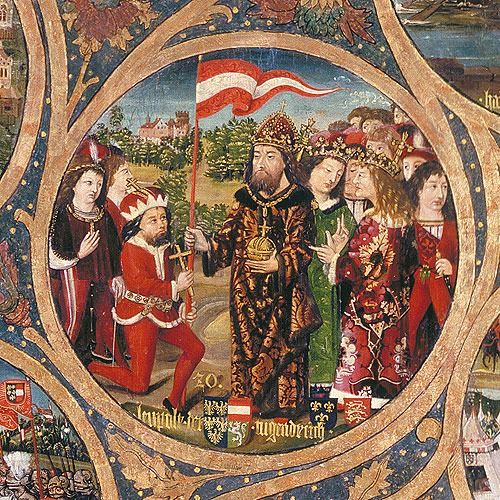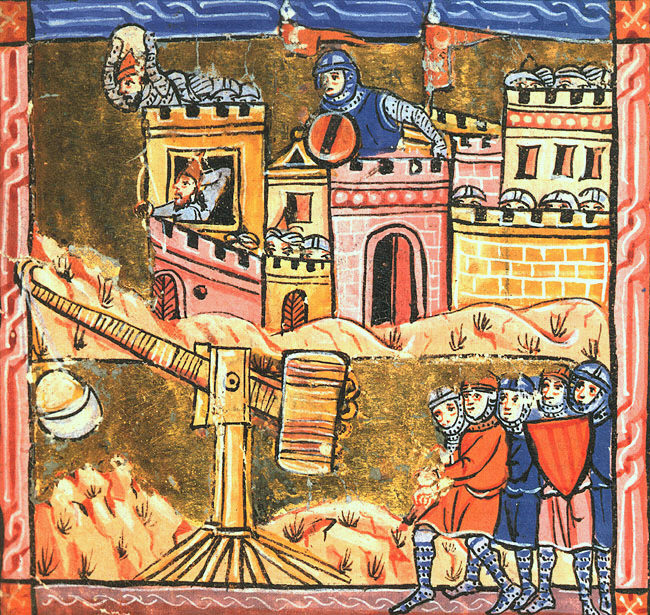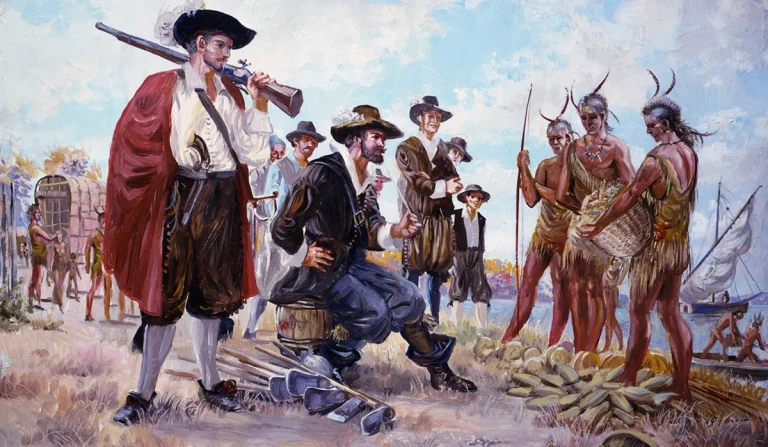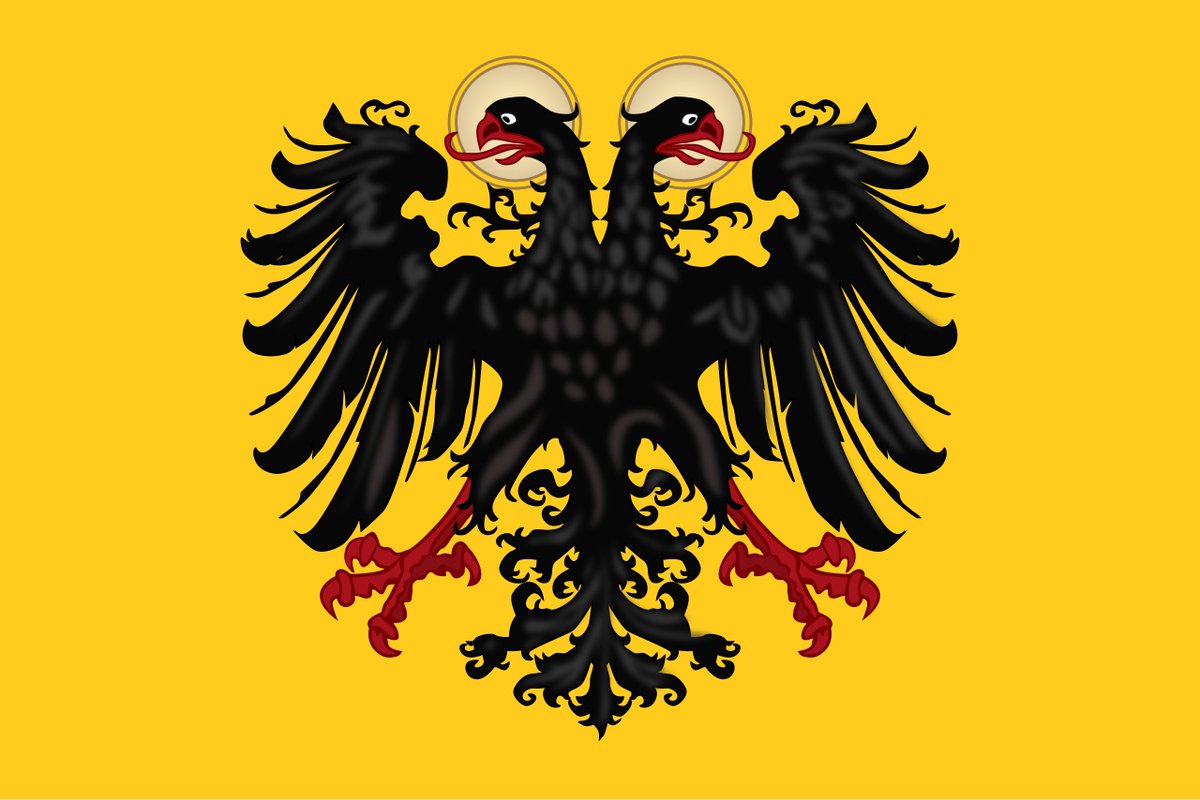Perhaps the most famous member from the house of Babenberg was Leopold V "the Virtuous", the crusader Austrian duke known for imprisoning the renowned Richard the Lionheart when he traveled through Austria on his long way back from the Holy Land. Why did he do this? I explain... 

Leopold V wanted to join Babarossa for the Third Crusade but his disputes with the Hungarian king Béla III prevented him from going. However when the Emperor died in 1190, Leopold decided to travel to the crusade by ship from Venice, arriving in time for the 1191 siege of Acre. 

After Barbarossa's death his son Frederick VI Duke of Swabia took command but he too died during the siege of Acre. Thus the command of the Imperial forces was given to Leopold V. When King Philip II of France and King Richard I the Lionheart of England arrived, Acre surrendered. 

As the leader of the Imperial German contingent Leopold V wanted to have the same prestige as the two kings, but was denied. In the city, his ducal banner was put next to the banners of Kingdom of Jerusalem, France and England, but was removed by Richard the Lionheart himself! 





This infuriated Leopold who left the Holy Land in anger and returned to Austria where he complained about Richard to Emperor Henry VI. When Richard left the Holy Land he was captured by Leopold's Austrian forces while traveling on land from Adriatic to Bavaria.
Richard was then handed over to Emperor Henry VI by Leopold V and a huge ransom was demanded! This ransom was paid. The Pope Celestine III was furious by Leopold capturing a fellow crusader and excommunicated him! 

Things did not end well for Leopold as he died in brutal agony before he could redeem himself. During a tournament, a horse fell on his foot which had to be amputated. He had his servants chop his foot off and succumbed to gangrene!
• • •
Missing some Tweet in this thread? You can try to
force a refresh







































